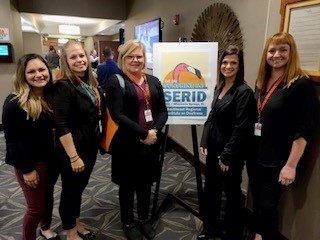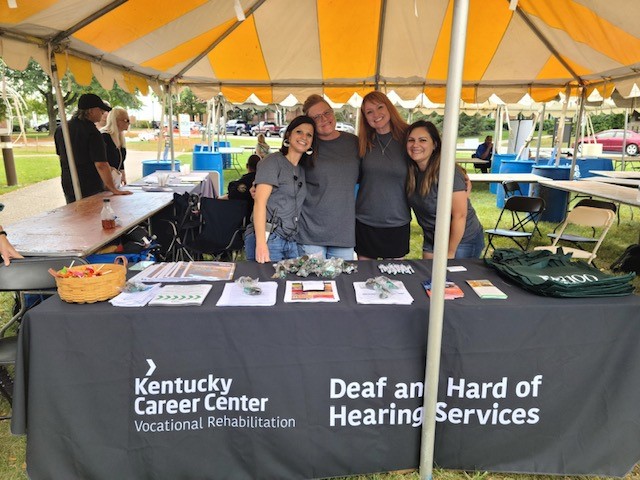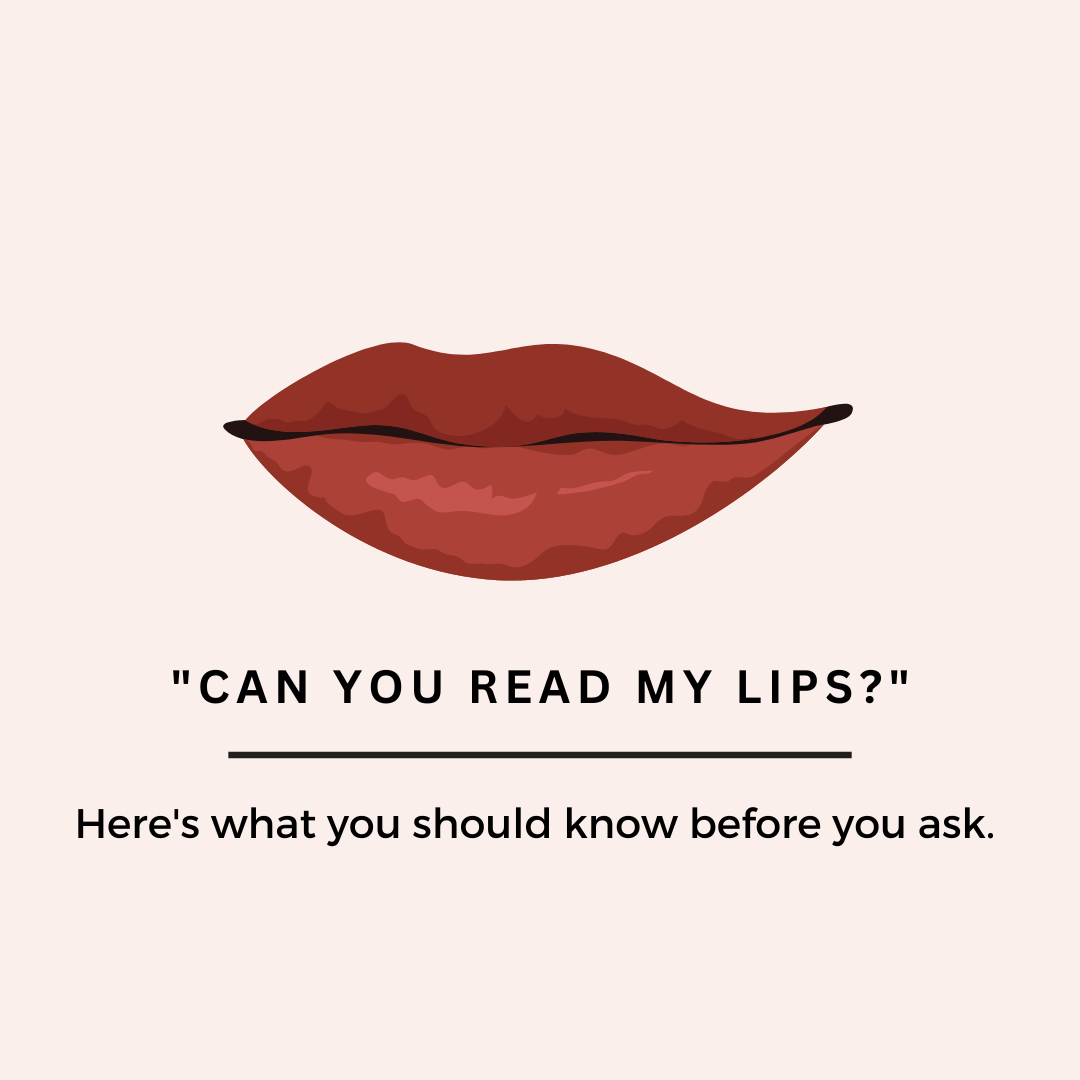Tag: deaf
-

ASL Team delivers services at Southeast Regional Institute on Deafness
This past October, the Kentucky Office of Vocational Rehabilitation (OVR) American Sign Language (ASL) Interpreting Team, housed at the University of Kentucky Human Development Institute, traveled to Orlando, Florida to […]
-

DeaFestival 2022 features the Julie Beth Hayden Job Fair
Interpreters from Kentucky’s Office of Vocational Rehabilitation’s Deaf and Hard of Hearing Services (DHHS) Branch, in partnership with the Kentucky Commission on the Deaf and Hard of Hearing (KCDHH), hosted […]
